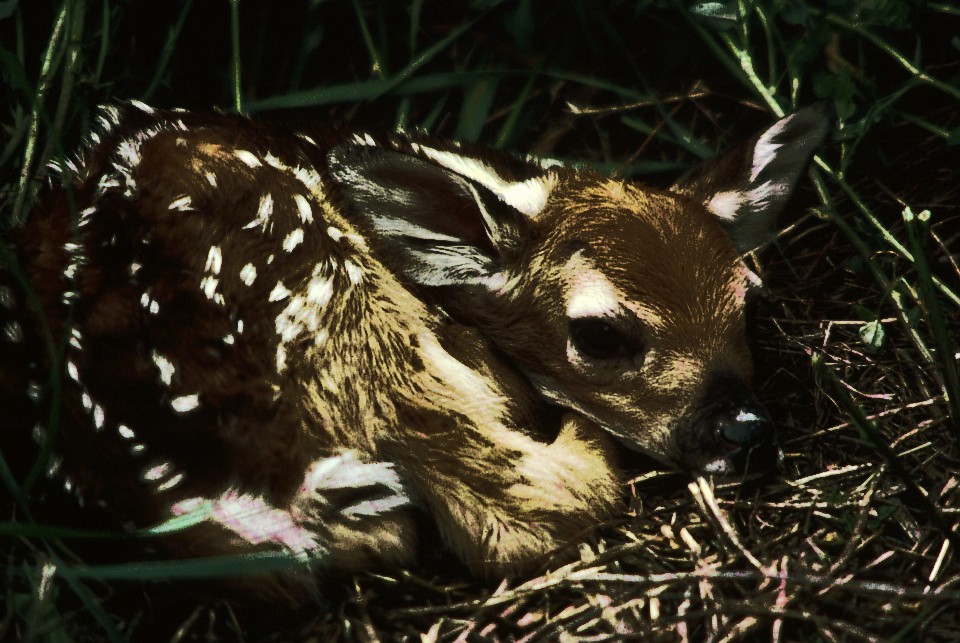After wrapping up both the post-hunting season and spring season surveys, Montana Fish, Wildlife and Parks has reported that mule deer populations are on the rise while whitetail numbers remain relatively stable.
The mule deer surveys completed after the conclusion of the fall hunting season indicated that mulie populations had grown by 17 percent as compared with 2015’s survey results. The spring survey also painted a rosy picture surrounding the mule deer in northeastern Montana as results indicated a 29 percent increase over 2015’s numbers as well.
“Fawn to adult ratio is an indicator of over-winter survival as well as new recruitment into the population,” Fish and Wildlife biologist Ryan Williamson said. “The 2016 survey showed 58 fawns to 100 adults across the region, which is slightly above the average of 53 fawns to 100 adults. The eastern half of Region 6 saw the higher number of fawns to adults, with 65 fawns to 100 adults, while the western half was at 49 fawns to 100 adults, indicating a slower growing mule deer population.”
The threat of chronic wasting disease, is thought by many, to be unavoidable as traces of the disease continue to push southbound from Alberta and Saskatchewan.
“It is just a matter of when and where CWD will be detected in Montana,” Williamson said. “Higher deer numbers tend to influence the spread of the disease, so we take that into consideration when developing hunting season regulations.”
Whitetail deer, on the other hand, remained at a stable level, but seem to be showing signs of strength among population densities. Rather than number of deer, the surveys performed by biologists for whitetail deer look strictly at deer density. The 2016 surveys indicated that whitetail deer density averages out at about 6.7 deer per square mile across trend areas. This number still remains well below the long-term average of 11 deer per square mile, but is an improvement over 2015’s numbers in which whitetails were pegged at approximately 47 percent below average.
“White-tailed deer densities continue to recover in the eastern part of the region, but are still 25 percent below average, while the western portion of the region is 58 percent below the average,” Williamson said.
After a rash of EHD outbreaks and a number of other detrimental problems to whitetails in the region, the densities of whitetails decreased from levels as high as 40 to 50 deer per square mile as recorded back in 2010.




